NCERT Solutions for Class 7 Science Chapter 6 Adolescence: A Stage of Growth and Change
Intext Question
Q1. Adolescents, especially girls, may sometimes suffer from blood-related health problems (s) because of a deficiency of iron or vitamin B12 in the body. (Page 80)
(i) Find out about such health problem(s).
(ii) How can we manage iron deficiency in our body?
(iii) Find out about government schemes aimed to prevent such deficiencies.
Ans:
(i) A common blood-related health problem caused by a deficiency of iron or vitamin B12 is anaemia. In anaemia, the amount of haemoglobin in the blood becomes low. Haemoglobin helps carry oxygen in the blood, so when its level is low, the blood cannot carry enough oxygen to different parts of the body. As a result, a person feels tired, weak, and dizzy.
(ii) By consuming iron-rich foods like green leafy vegetables, beans, lentils, fortified cereals, and meat, one can overcome iron deficiency.
(iii) Some of the government schemes are:
(a) NIPI-National Iron Plus Initiative Control of Iron Deficiency Anaemia
(b) Mid-day Meal Scheme
(c) Anaemia Mukt Bharat (AMB)
Q2. Discuss the sources of vitamin B12 with your teacher. (Page 80)
Ans: Vitamin B12 is primarily found in animal-based foods such as milk, meat, fish, poultry, eggs, and dairy products. It’s essential for red blood cell formation, neurological function, and DNA synthesis.
Let Us Enhance Our Learning
Q1. Ramesh, an 11-year-old boy, developed a few pimples on his face. His mother told him that this is because of ongoing biological changes in his body.
(i) What could be the possible reasons for the development of these pimples on his face?
Ans: The pimples Ramesh is experiencing could be a result of hormonal changes that happen during adolescence. These changes can increase the production of oil (sebum) in the skin, which can clog pores and lead to pimples. This is a normal part of puberty when the body undergoes various biological and hormonal changes.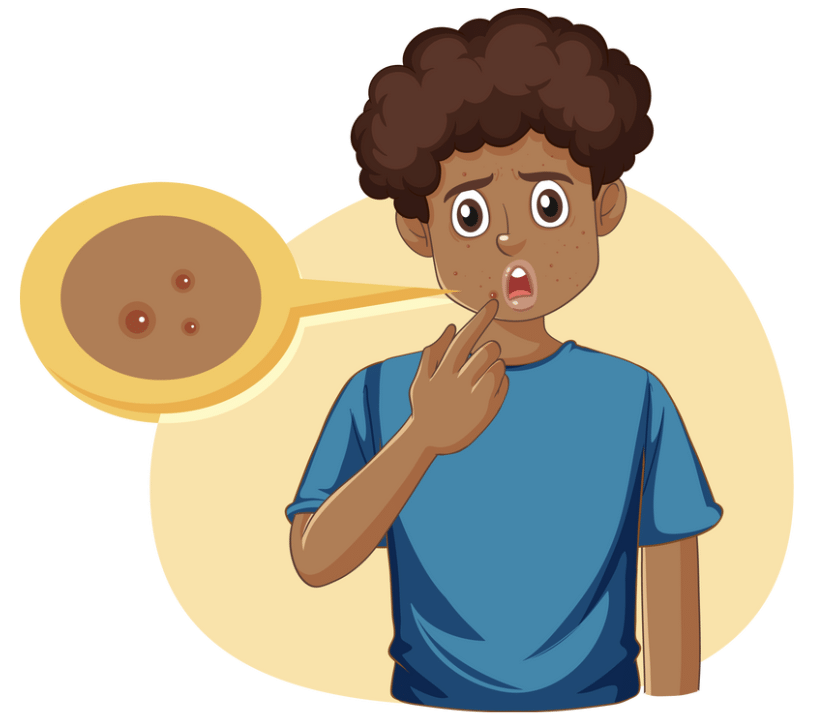
(ii) What can he do to get some relief from these pimples?
Ans: Ramesh should take care of the following points:
- Maintain good hygiene: Clean the face gently with water and a mild soap or cleanser twice a day to remove excess oil and dirt.
- Avoid touching the face: Touching the face frequently can spread bacteria and cause more pimples.
- Eat a balanced diet: Avoid oily and sugary foods, and focus on eating fruits, vegetables, and drinking plenty of water.
- Consult a dermatologist: If the pimples persist or worsen, Ramesh should consult a dermatologist for proper advice and treatment.
Q2. Which of the following food groups would be a better option for adolescents and why?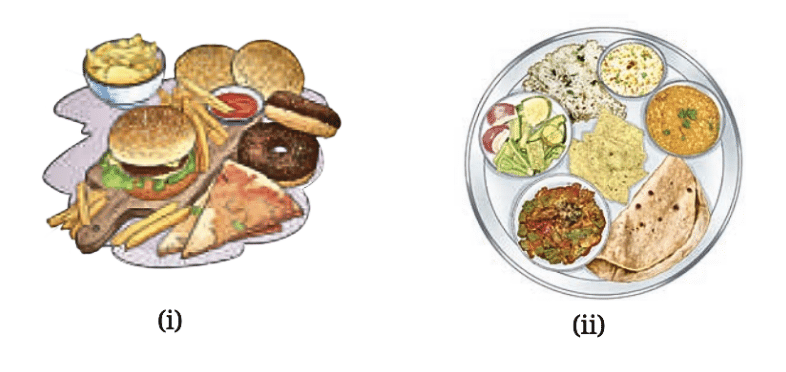
Ans: Option (ii) would be a better option for adolescents. This food group is more balanced, containing a variety of nutrients from vegetables, dal, rice, and roti. It provides essential proteins, carbohydrates, and vitamins, which are important for growth, development, and overall health during adolescence. On the other hand, option (i) contains fried foods and junk items, which are high in unhealthy fats and sugars and can lead to poor health if consumed frequently.
Q3. Unscramble the underlined word in the following sentences:
(i) The discharge of blood in adolescent girls which generally occurs every 28–30 days is nstmnoiaretu.
Ans: Menstruation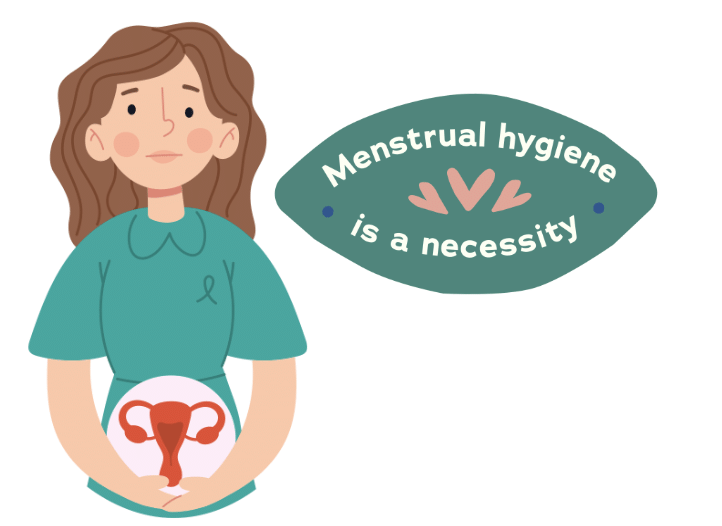
(ii) The hoarseness in the voice of adolescent boys is due to enlarged iceov xob.
Ans: Voice box
(iii) Secondary sexual characteristics are natural signs that the body is preparing for adulthood and mark the onset of urtypeb.
Ans: Puberty
(iv) We should say NO to lahoclo and srugd as they are addictive.
Ans: Alcohol and drugs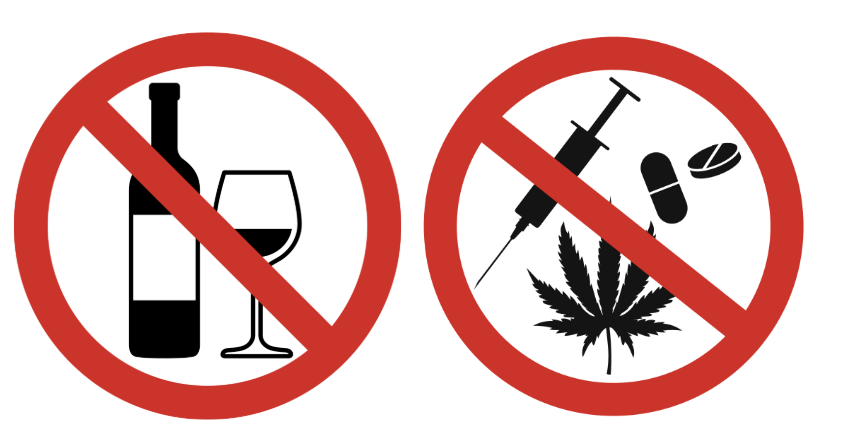
Q4. Shalu told her friend, “Adolescence brings only physical changes, like growing taller or developing body hair.” Is she correct? What would you change in this description of adolescence?
Ans: Shalu's statement is not entirely correct. Adolescence involves both physical and emotional changes.
- While physical changes like growing taller, developing body hair, and voice changes are obvious, there are also significant emotional and psychological changes during this period.
- Adolescents experience mood swings, increased sensitivity, and a growing interest in friendships, relationships, and identity exploration.
- Additionally, biological changes occur, such as the development of the reproductive system, which is a key part of adolescence.
- Thus, adolescence is a time of growth and transformation, both physically and emotionally, and should not be limited to just physical changes.
Q5. During a discussion in the class, some of the students raised the following points. What questions would you ask them to check the correctness of these points?
(i) Adolescents do not need to worry about behavioral changes.
Ans: Follow-up questions should be:
- Why do you think behavioral changes do not matter during adolescence?
- How can understanding behavioral changes help adolescents make better decisions?
- Can you think of any examples where behavioral changes might affect the life of an adolescent?

(ii) If someone tries a harmful substance once, they can stop anytime they want.
Ans: Follow-up questions should be:
- How does peer pressure influence the decision to try harmful substances?
- What makes harmful substances addictive?
- Are there any health consequences of using harmful substances even once?
- What are the risks of trying harmful substances, and how can adolescents avoid them?
Q6. Adolescents sometimes experience mood swings. On some days, they feel very energetic and happy, while on other days, they may feel low. What other behavioral changes are associated with this age?
Ans: Adolescents may experience the following behavioral changes:
- Seeking independence: Making their own decisions and wanting more freedom from parents.
- Mood swings and sensitivity: Feeling happy one day and low the next, reacting strongly to situations.
- Peer influence: Paying more attention to friends and peer approval, sometimes leading to conflicts with family.
- Exploring identity: Trying out different interests, hobbies, and beliefs to understand themselves.
- Risk-taking behavior: Experimenting with new activities or challenges as they test boundaries.
- Changing interests: Developing new hobbies and dropping old ones.
These changes are normal and part of growing up during adolescence.
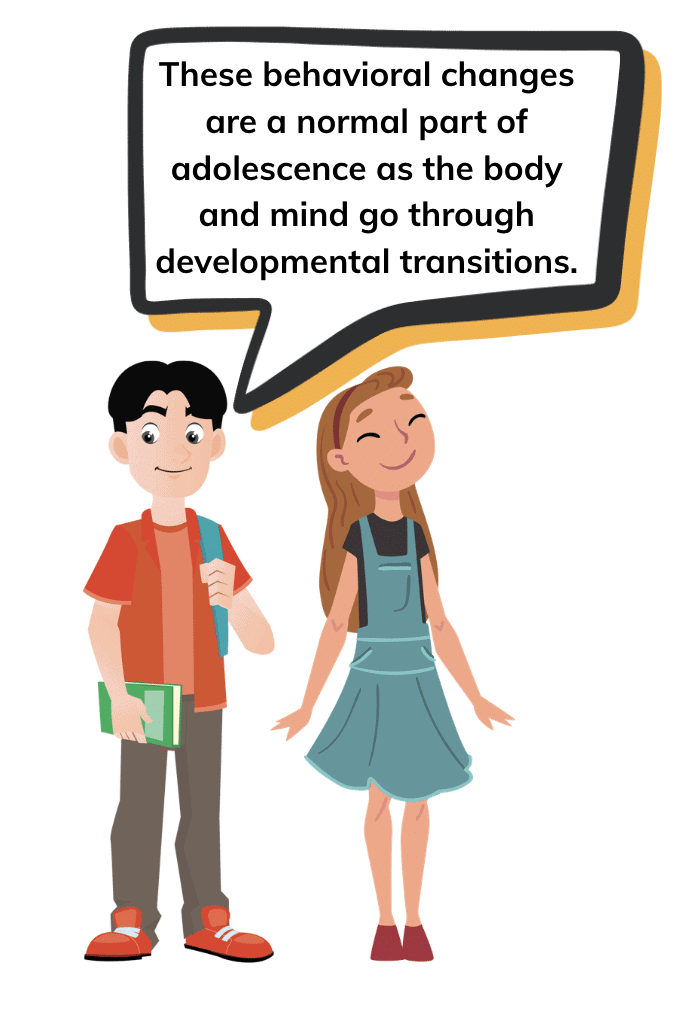
Q7. While using a toilet, Mohini noticed that used sanitary pads were scattered near the bin. She got upset and shared her feelings with her friends. They discussed the importance of menstrual hygiene and healthy sanitary habits. What menstrual hygiene and sanitary habits would you suggest to your friends?
Ans: It is essential to maintain cleanliness and hygiene during menstruation. I would suggest the following menstrual hygiene habits:
- Use sanitary products: Opt for sanitary pads, tampons, or menstrual cups that suit your needs.
- Change regularly: Change sanitary pads or tampons every 4-6 hours to prevent odour and infections.
- Proper disposal: Wrap used sanitary products in newspaper and dispose of them in a bin to maintain cleanliness.
- Wash hands: Always wash your hands before and after changing sanitary products to prevent infections.
- Stay informed: Educate yourself and others about menstrual health to reduce stigma and promote awareness.
- Access to facilities: Ensure that toilets are equipped with bins for proper disposal of sanitary products.
- Use biodegradable options: Consider using biodegradable sanitary pads to help the environment.
By following these practices, we can promote better menstrual hygiene and contribute to a healthier community.
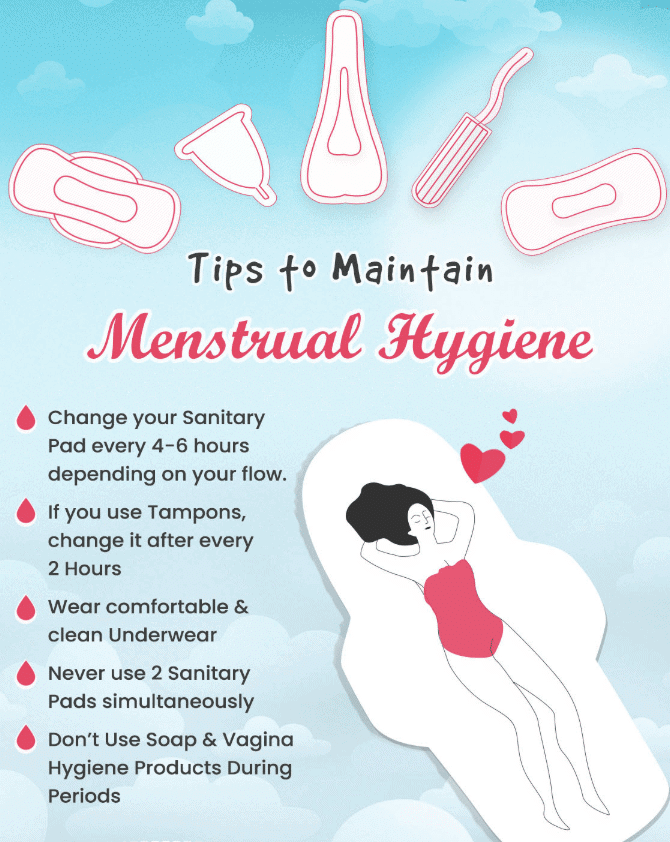
Q8. Mary and Manoj were classmates and good friends. On turning 11, Mary developed a little bulge on the front of her neck. She visited the doctor who gave her medication and asked to take an iodine-rich diet. Similarly, a bump was developed on the front of Manoj’s neck when he turned 12. However, the doctor told him that it was a part of growing up. According to you, what could be the possible reason for advising Mary and Manoj differently?
Ans: Mary
Mary's doctor advised her to take iodine-rich food because the bulge on her neck might be due to iodine deficiency. This happens because iodine is crucial for making thyroid hormones. When there's not enough iodine, the thyroid gland swells, causing a condition known as goiter. Goiter is more common in areas with low iodine levels in the soil. It can be managed by eating iodine-rich food or taking iodine supplements.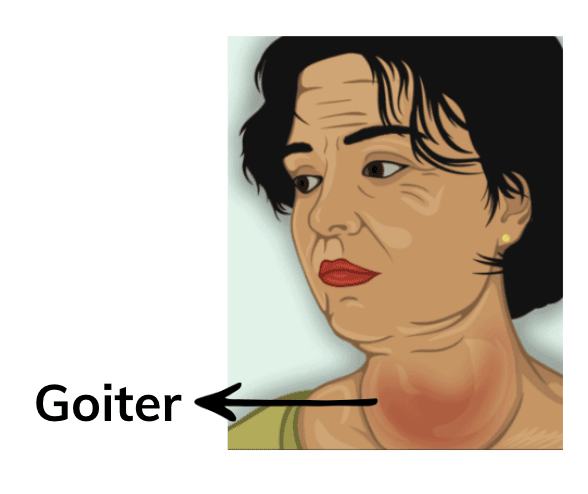
Manoj
Manoj’s throat bulge appeared because his voice box was growing during puberty. This is a normal change in teenagers and is called the Adam’s apple. It makes a small bump in the throat and can also cause the voice to sound rough or hoarse for some time as the voice box changes.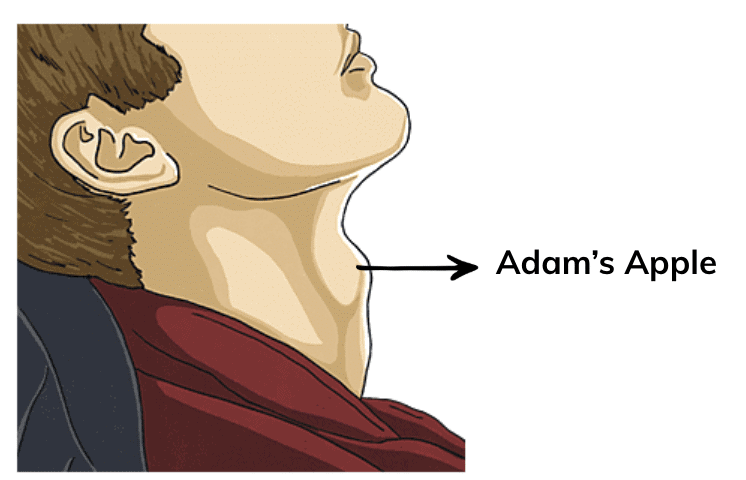
Conclusion:
- Mary's condition is due to iodine deficiency, and her doctor recommended iodine-rich foods to help manage the goiter.
- Manoj's condition is a normal part of growing up, where the Adam's apple becomes prominent during puberty.
Q9. During adolescence, the boys and girls undergo certain physical changes, a few of which are given below.
(i) Change in voice
(ii) Development of breasts
(iii) Growth of moustache
(iv) Growth of facial hair
(v) Pimples on the face
(vi) Growth of hair in the pubic region
(vii) Growth of hair in armpits
Categorise these changes in the table given below: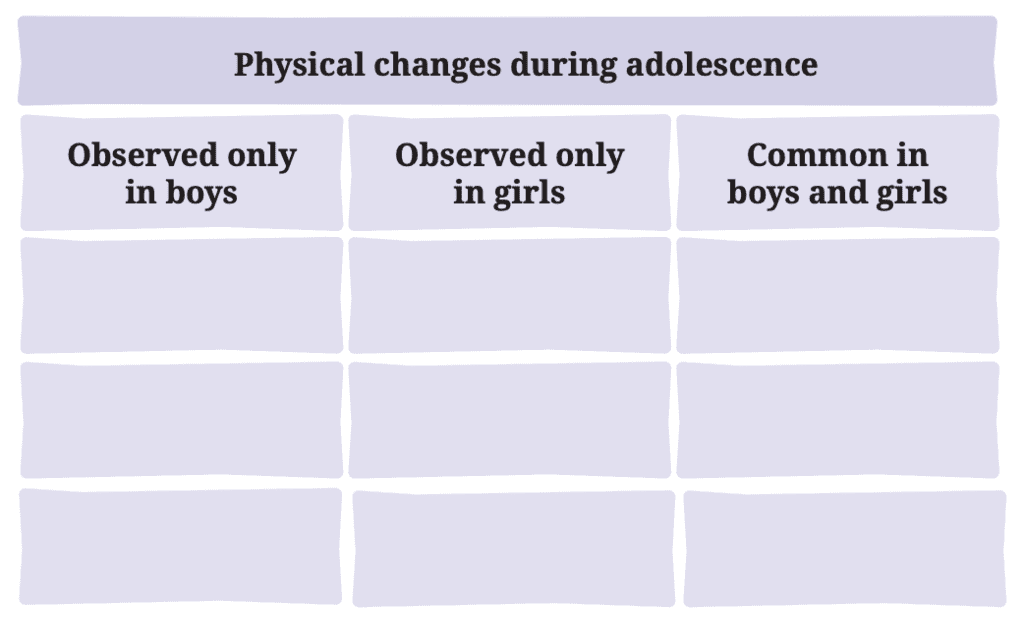
Ans:
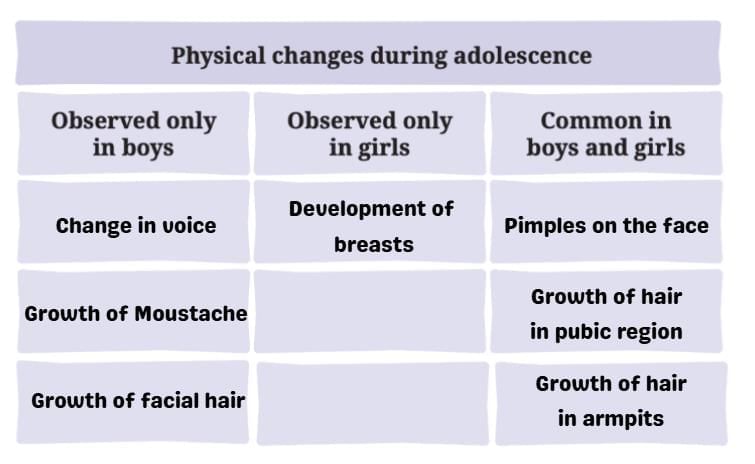
Q10. Prepare a poster mentioning the tips for adolescents to live a healthy lifestyle.
Ans:
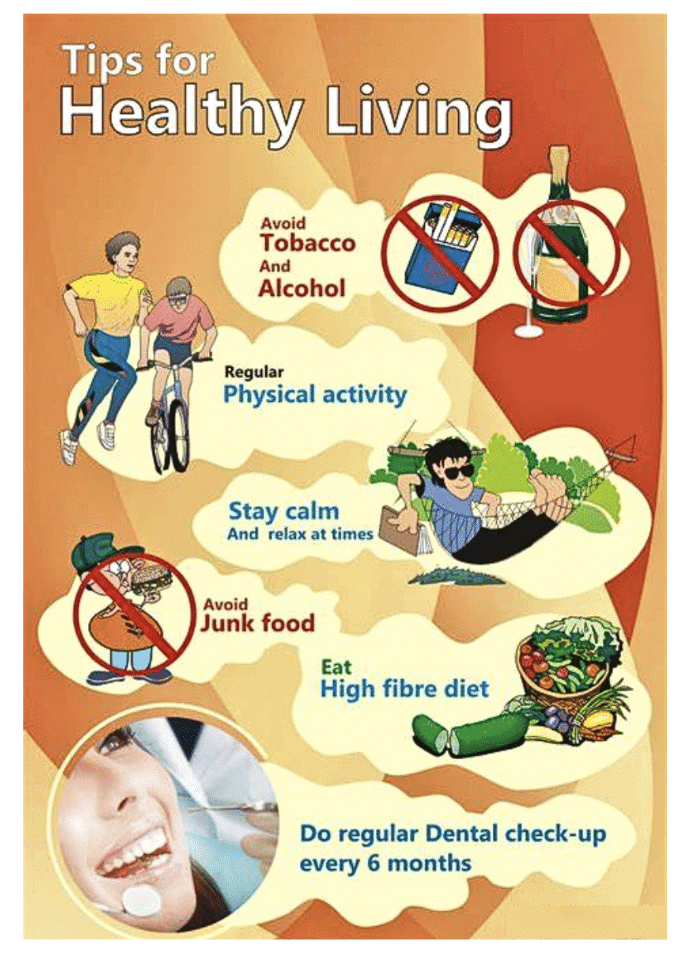
|
80 videos|224 docs|12 tests
|
FAQs on NCERT Solutions for Class 7 Science Chapter 6 Adolescence: A Stage of Growth and Change
| 1. What is adolescence and why is it considered a crucial stage of growth? |  |
| 2. What are the common physical changes that occur during adolescence? |  |
| 3. How do emotional changes manifest during adolescence? |  |
| 4. What role does peer influence play during adolescence? |  |
| 5. How can parents support their children during the adolescent stage? |  |

















